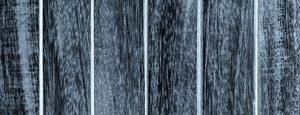Houseplants have become prominent in interior design lately, and for good reason. These green little wonders can purify the air in your home , lift spirits on those grey winter days, and add visual interest to your favorite rooms. Before you go out and start buying plants though, read through these tips.
Do – Think about children and animals when choosing your plants

Before you bring a houseplant home you should look up whether or not the plant is toxic to humans and animals. If your home is filled with inquisitive little ones – of the human and/or pet variety- keep any potentially toxic plants out of reach and make sure to pick up any fallen leaves of debris from the plant.
Here are a few resources to start off with:
List of toxic plants from the ASPCA
If you find contradicting information it is best to err on the side of caution if you are concerned about accidental ingestion.
Do – Know how much light exposure the room in your home has
Certain plants can thrive in dark rooms, while others simply won’t tolerate it. For happy houseplants check out their light requirements and put them in proper spaces in your home.
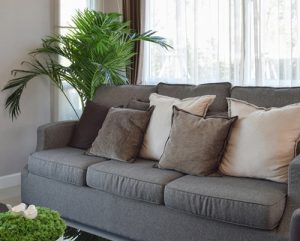 Do – Know how big the houseplant is going to get.
Do – Know how big the houseplant is going to get.
Your new houseplant might not stay small forever. Some houseplants, like the parlor fern or some philodendrons can get big, or can get unruly overtime. Large houseplants may end up requiring a support system so keep that in mind when choosing new plants
Don’t – Crowd your plants
When you bring your new houseplant home chances are good that you’ll have to repot it. Choose a new pot that is at least two inches larger than the current container. That should give your plant plenty of room to grow.
Don’t– Overwater your plants
It can be really easy to overwater your new plants, a good rule of thumb is to let the soil of most houseplants dry out between waterings. Of course there are exceptions to this rule, which is why it is always important to check individual plant’s requirements.
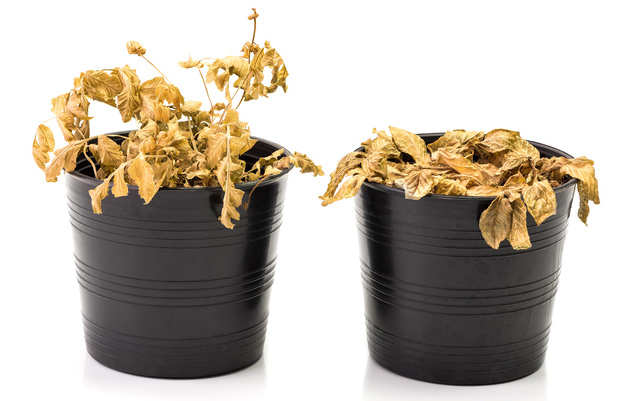 Don’t – Feel bad if your first attempts at keeping a houseplant don’t go well
Don’t – Feel bad if your first attempts at keeping a houseplant don’t go well
Things happen and houseplants can die, that doesn’t mean that you have a black thumb. There are plenty of low maintenance plants for you to start out with and build up your knowledge on proper care of houseplants.
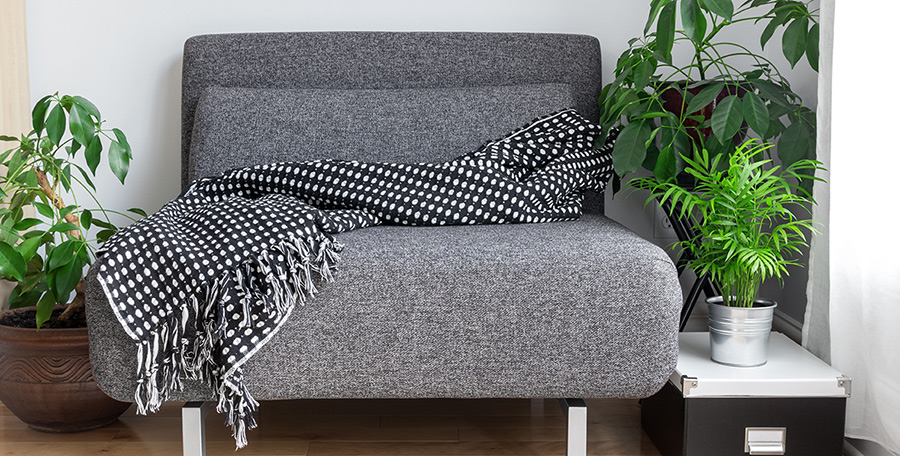
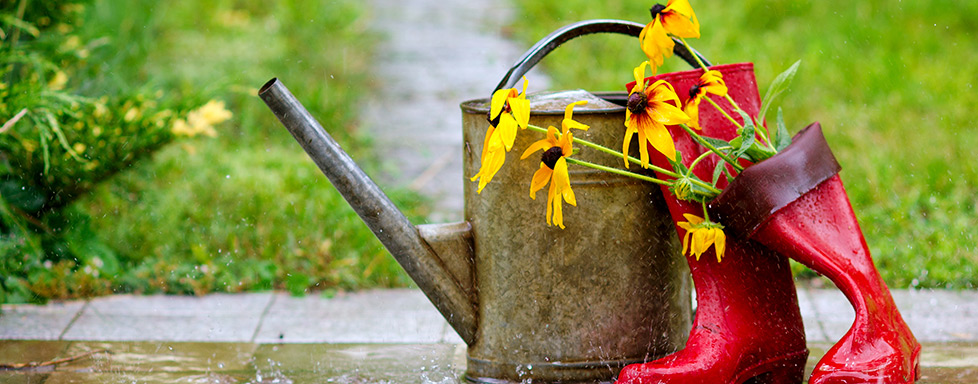
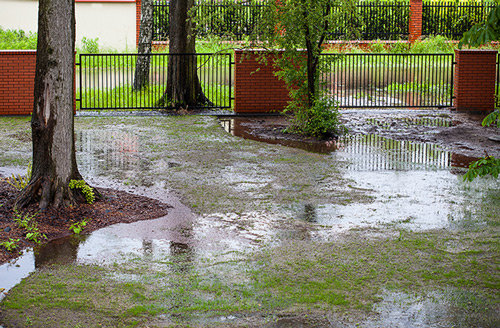

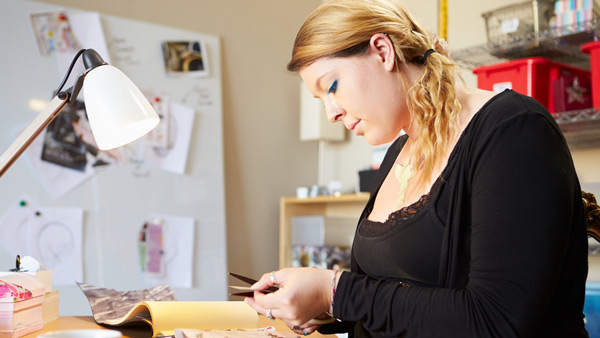 When you’re first starting out we suggest collecting anything and everything that catches your eye. Whether digitally, physically or a combination of the two, add freely to this collection- don’t think about it. Editing happens later, right now we are building a collection of elements that call to you. Some of these images may not end up being used at all and that’s fine. By collecting different images and ideas without editing yourself, you’ll end up finding a pattern or common thread that you naturally gravitate to.
When you’re first starting out we suggest collecting anything and everything that catches your eye. Whether digitally, physically or a combination of the two, add freely to this collection- don’t think about it. Editing happens later, right now we are building a collection of elements that call to you. Some of these images may not end up being used at all and that’s fine. By collecting different images and ideas without editing yourself, you’ll end up finding a pattern or common thread that you naturally gravitate to. hat you might not like. For example “I really like the shape of these tiles used in this backsplash” or “I like the style of the cabinet doors, but I would prefer to see it in a different finish”. Write down your thoughts as you go through the images and hold onto it for the next step.
hat you might not like. For example “I really like the shape of these tiles used in this backsplash” or “I like the style of the cabinet doors, but I would prefer to see it in a different finish”. Write down your thoughts as you go through the images and hold onto it for the next step.
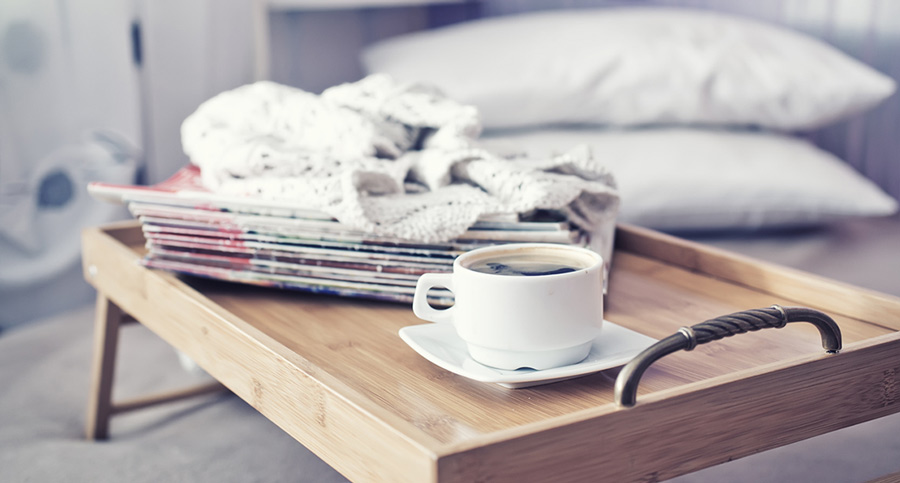
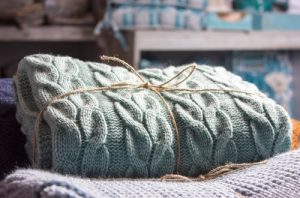 The Danes used the word “hygge” to describe a feeling or mood that comes from taking pleasure in everyday moments. Hygge can be described as creating an intimate, cozy, and relaxed environment where you can take time to savor the smallest special moments.
The Danes used the word “hygge” to describe a feeling or mood that comes from taking pleasure in everyday moments. Hygge can be described as creating an intimate, cozy, and relaxed environment where you can take time to savor the smallest special moments.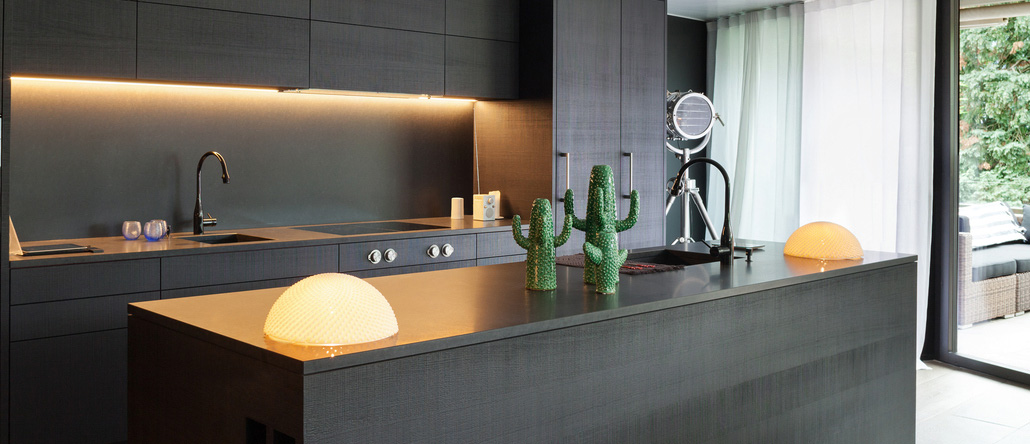
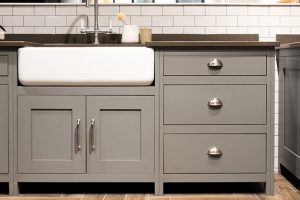
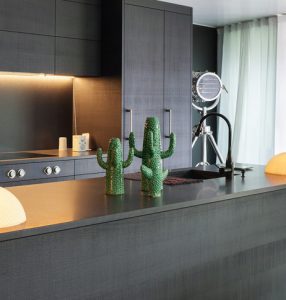
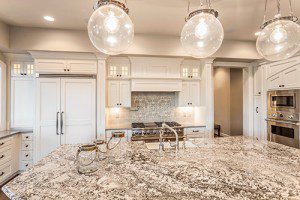

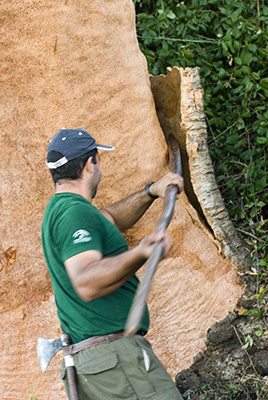


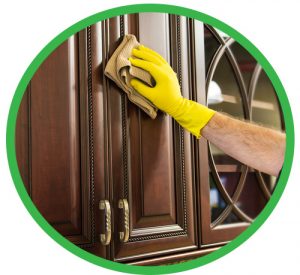
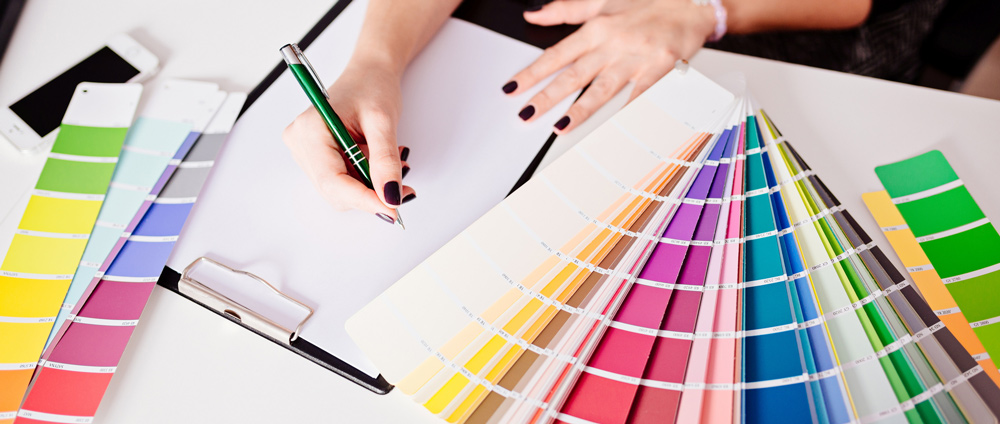
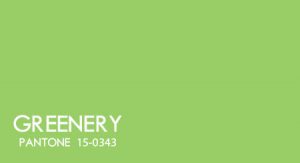 Every year there are forecasts made as to what color palettes will be most popular in the year to come. These predictions are made by numerous institutions and style agencies, the Pantone Color Institute and Dulux are the two most prominent and well known of these institutions.
Every year there are forecasts made as to what color palettes will be most popular in the year to come. These predictions are made by numerous institutions and style agencies, the Pantone Color Institute and Dulux are the two most prominent and well known of these institutions.
